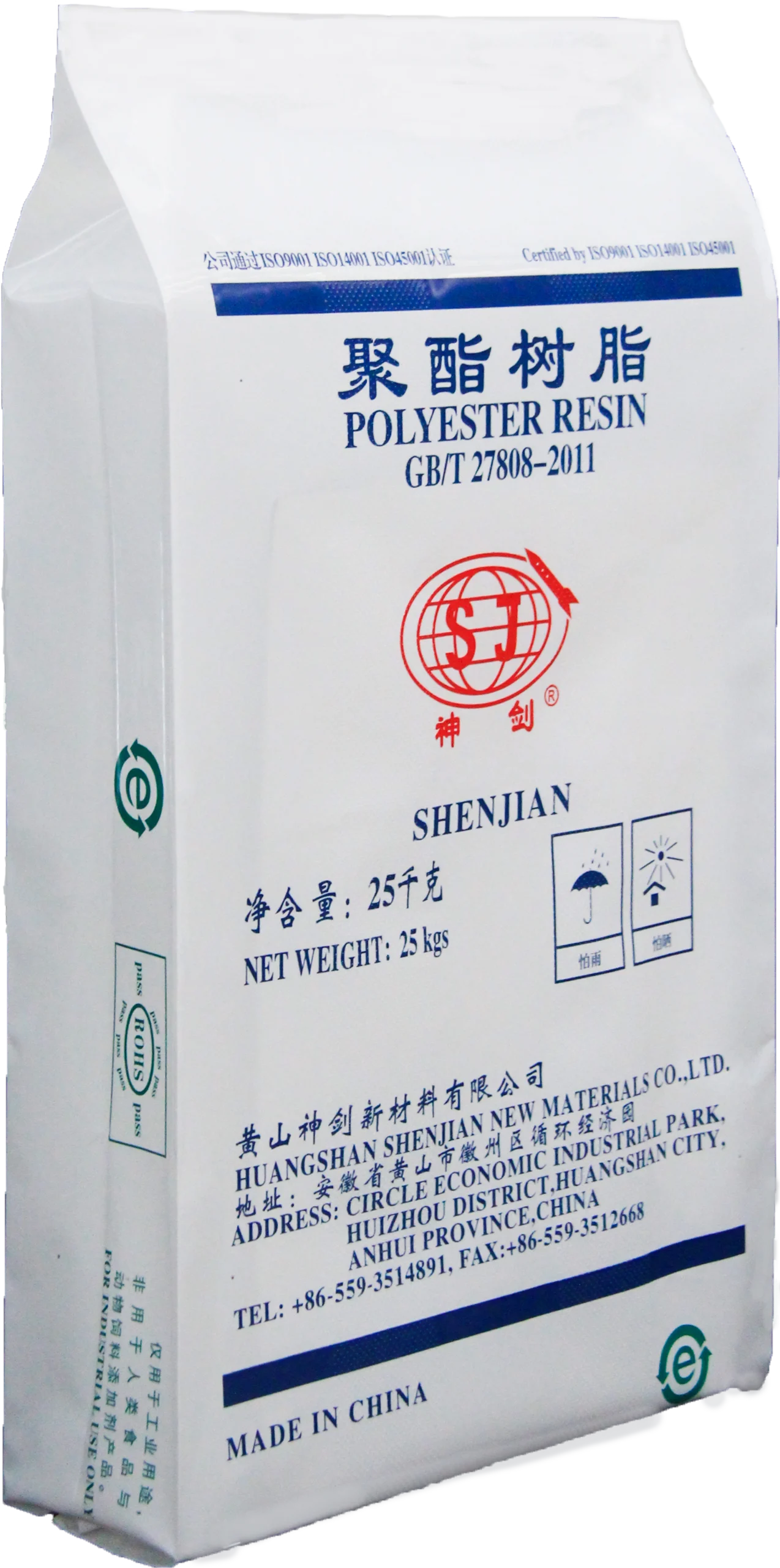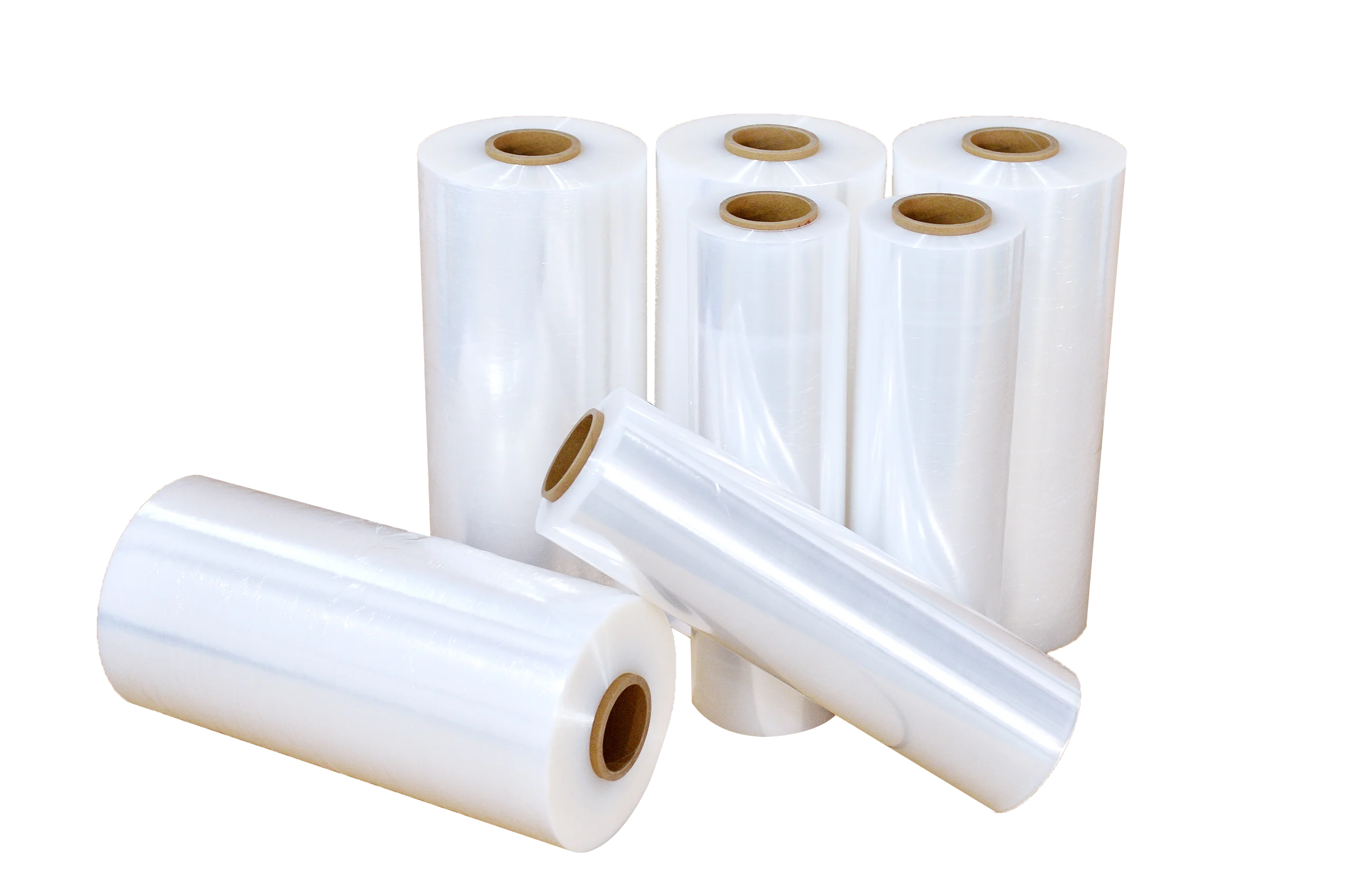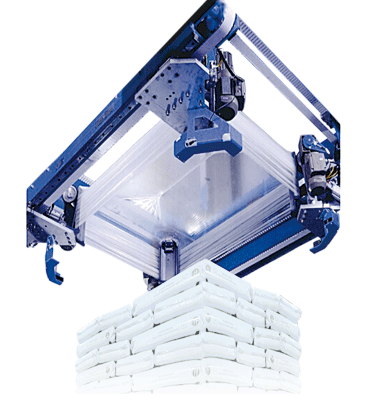

2024-09-21
Author Introduction:
Hey there, I’m part of the Yuandian brand, an industrial packaging factory and manufacturer. At Yuandian, we’re all about crafting top-notch packaging solutions that meet global standards.
With years of industry experience under our belt, we’ve become authorities in the field of industrial packaging. Our focus? Delivering quality, ensuring customer satisfaction, and creating value in everything we do. From cutting-edge Nano stretch films to specialized FFS packaging bags and more, we integrate state-of-the-art technology and decades of expertise from Yongjia Group China. At Yuandian, we’re not just packaging products – we’re shaping the future of industrial packaging solutions worldwide.

In the pet food industry, packaging is a critical component that impacts product quality, safety, shelf life, and consumer appeal. Both wet and dry pet food packaging serve distinct purposes and cater to different market demands. This article provides an in-depth look at the characteristics, benefits, challenges, and innovations in wet and dry pet food packaging.
Table of Contents
ToggleWet pet food, typically found in cans, pouches, or tubs, presents unique packaging requirements. Here are the key aspects to consider:
Cans: Aluminum and steel cans provide excellent protection against oxygen and light, preventing spoilage. They are often lined with a food-safe coating to prevent chemical reactions.
Flexible Pouches: These are lightweight and often made from multi-layer films that combine various materials (e.g., aluminum, plastic) to provide a barrier against moisture and oxygen. Pouches can be vacuum-sealed or retort-processed for sterilization.
Plastic Containers: Rigid plastic tubs with airtight seals are also common. They offer convenience for storage but must be designed to prevent oxygen ingress.
The packaging must protect against external elements that can affect food quality:
Oxygen Barrier: To prevent oxidation, which can spoil fats and degrade flavors.
Moisture Barrier: Essential for maintaining the texture and flavor of wet food.
Light Protection: Packaging materials must block UV rays, which can break down nutrients and flavors.
Wet pet food packaging often incorporates user-friendly elements:
Easy Open: Pull-tab lids and resealable pouches enhance consumer convenience.
Single-Serve Options: Individual servings or smaller portion sizes are popular for easy feeding.
Microwavable Packaging: Some pouches are microwave-safe, allowing for quick heating.
With growing consumer awareness of environmental issues, manufacturers are focusing on sustainable packaging options:
Recyclable Materials: Using recyclable aluminum cans and eco-friendly films.
Biodegradable Options: Developing materials that decompose more quickly in landfills.
Lightweight Packaging: Reducing material use without sacrificing quality.
Dry pet food is typically packaged in bags or rigid containers designed to preserve freshness and prevent spoilage. Key considerations include:
Laminated Films: Multi-layered films are commonly used to create bags that are both lightweight and durable. They often include a moisture barrier to keep the food dry.
Kraft Paper: Used for its strength and recyclability, kraft paper bags often have a plastic lining to protect against moisture.
Plastic Containers: Rigid containers offer excellent protection and are reusable or recyclable.
Dry pet food packaging focuses heavily on moisture prevention:
Moisture Barrier: Packaging must effectively keep moisture out to extend shelf life.
Resealable Bags: Many bags feature zippers or other resealable mechanisms to maintain freshness after opening.
Dry pet food packaging often includes:
Vibrant Designs: Eye-catching graphics and colors help brands stand out on retail shelves.
Clear Labeling: Information about ingredients, nutritional content, and feeding instructions is prominently displayed to guide consumers.
QR Codes: Increasingly, brands are incorporating QR codes for customers to access more information about the product online.
As with wet food, there is a growing emphasis on sustainable practices in dry pet food packaging:
Eco-Friendly Materials: Brands are exploring alternatives such as plant-based plastics and recyclable packaging.
Bulk Packaging: Offering larger bags reduces the need for multiple smaller packages, minimizing waste.
Moisture Content: Wet food contains a significant amount of moisture, necessitating packaging that preserves liquid content, while dry food packaging must focus on moisture prevention.
Shelf Life: Wet pet food has a shorter shelf life and often requires refrigeration after opening, whereas dry food can be stored at room temperature for extended periods.
Packaging Design: Wet food often comes in single-serve or resealable formats for convenience, while dry food typically features larger, bulk packaging.
Storage and Transportation: Wet food is generally heavier and more sensitive to temperature changes, requiring careful handling during transport.
The pet food packaging industry is evolving rapidly, driven by consumer demand and technological advancements:
Smart Packaging: Incorporating sensors that monitor freshness or spoilage.
Active Packaging: Using materials that actively absorb moisture or release preservatives to extend shelf life.
Customized Packaging Solutions: Tailoring packages to specific dietary needs, such as grain-free or high-protein formulas.
Both wet and dry pet food packaging play a critical role in ensuring product quality, safety, and consumer satisfaction. As the pet food market continues to grow, innovations in packaging will help meet changing consumer demands while also addressing environmental concerns. By understanding the unique characteristics and requirements of each type of packaging, manufacturers can better serve pet owners and their beloved companions. Check out our wide range of products at https://www.hsydpac.com/.
More News
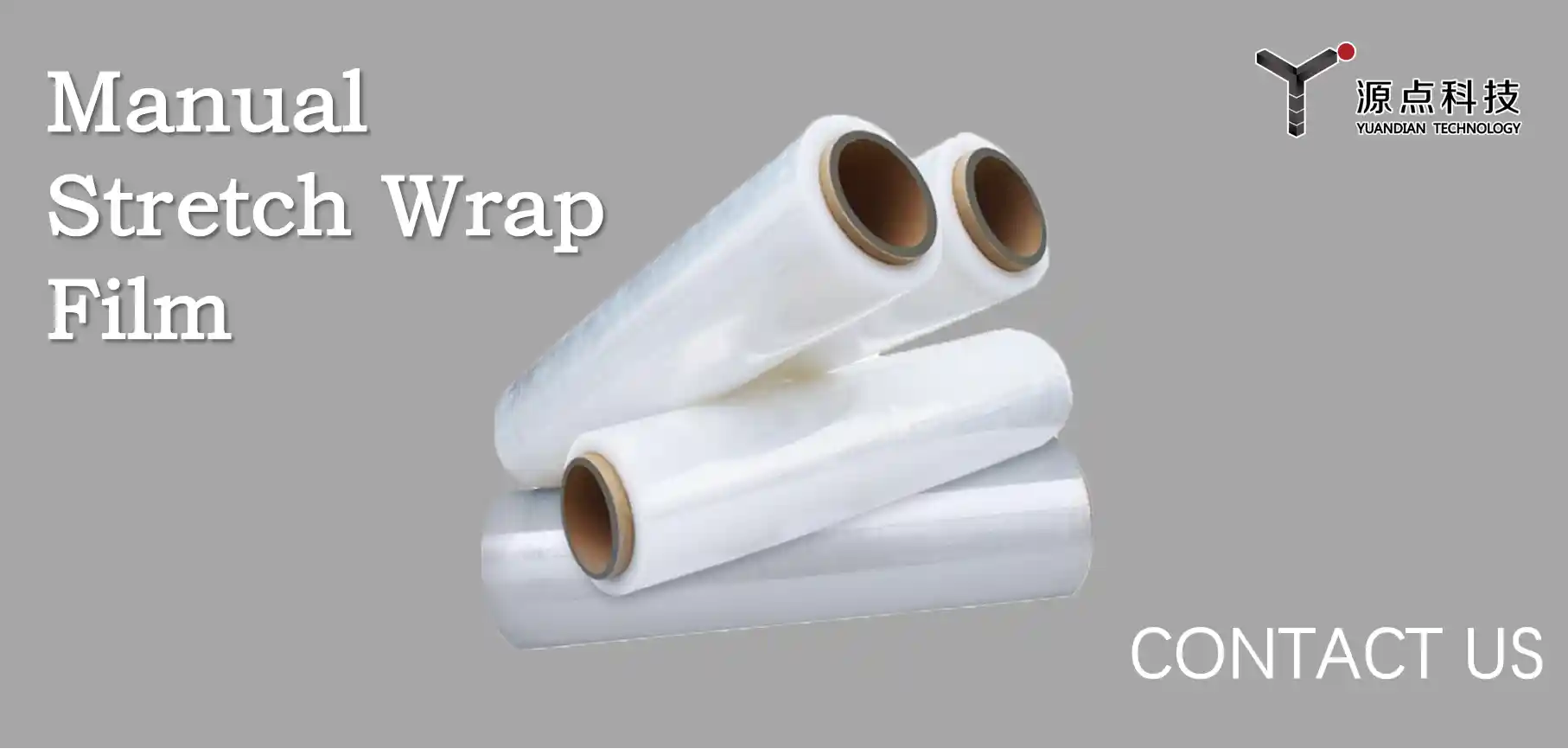
2025-04-23
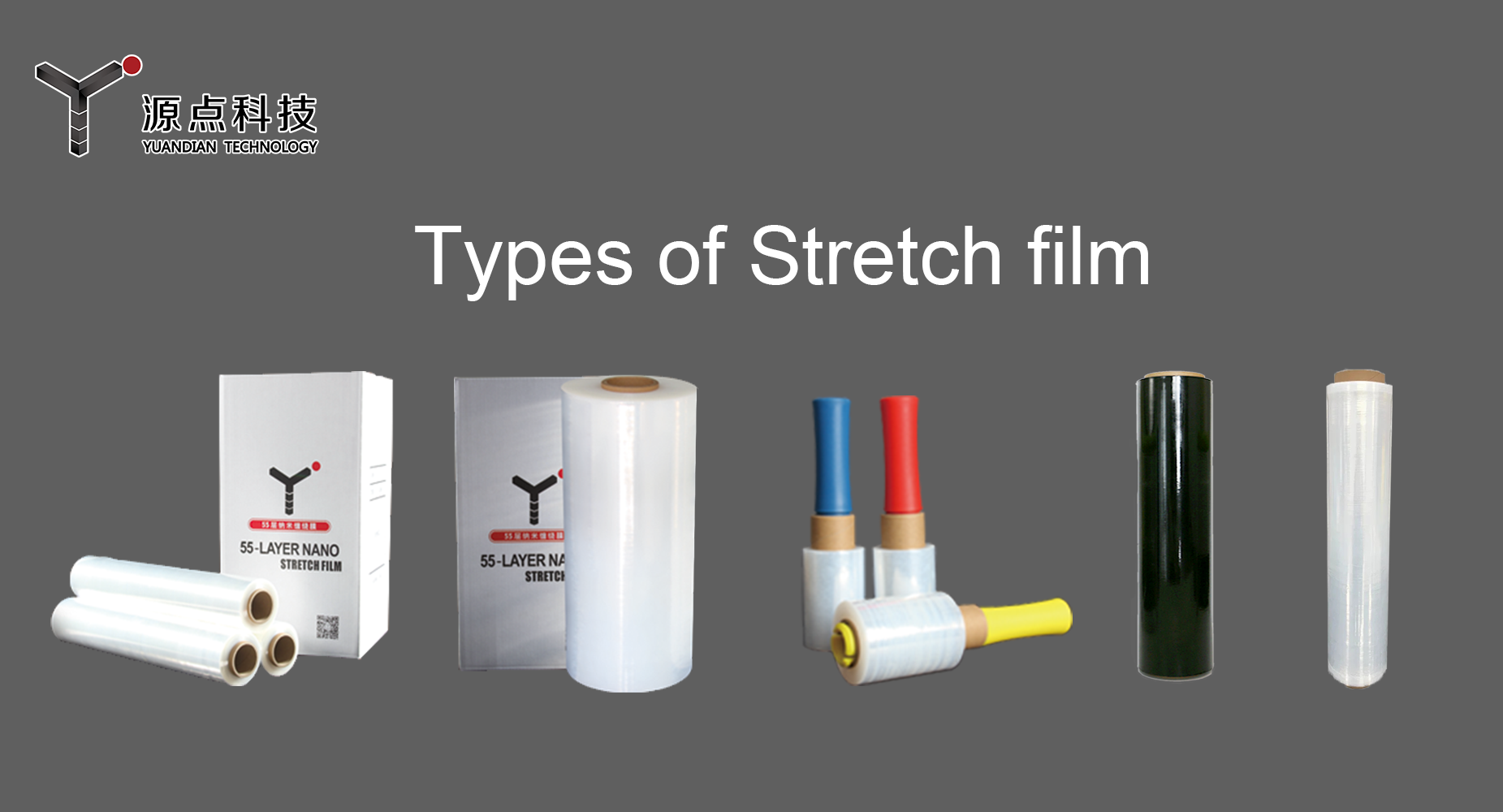
2025-04-07

2025-03-27

2025-03-15
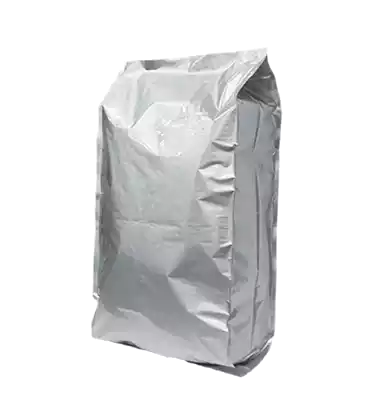
2025-03-05
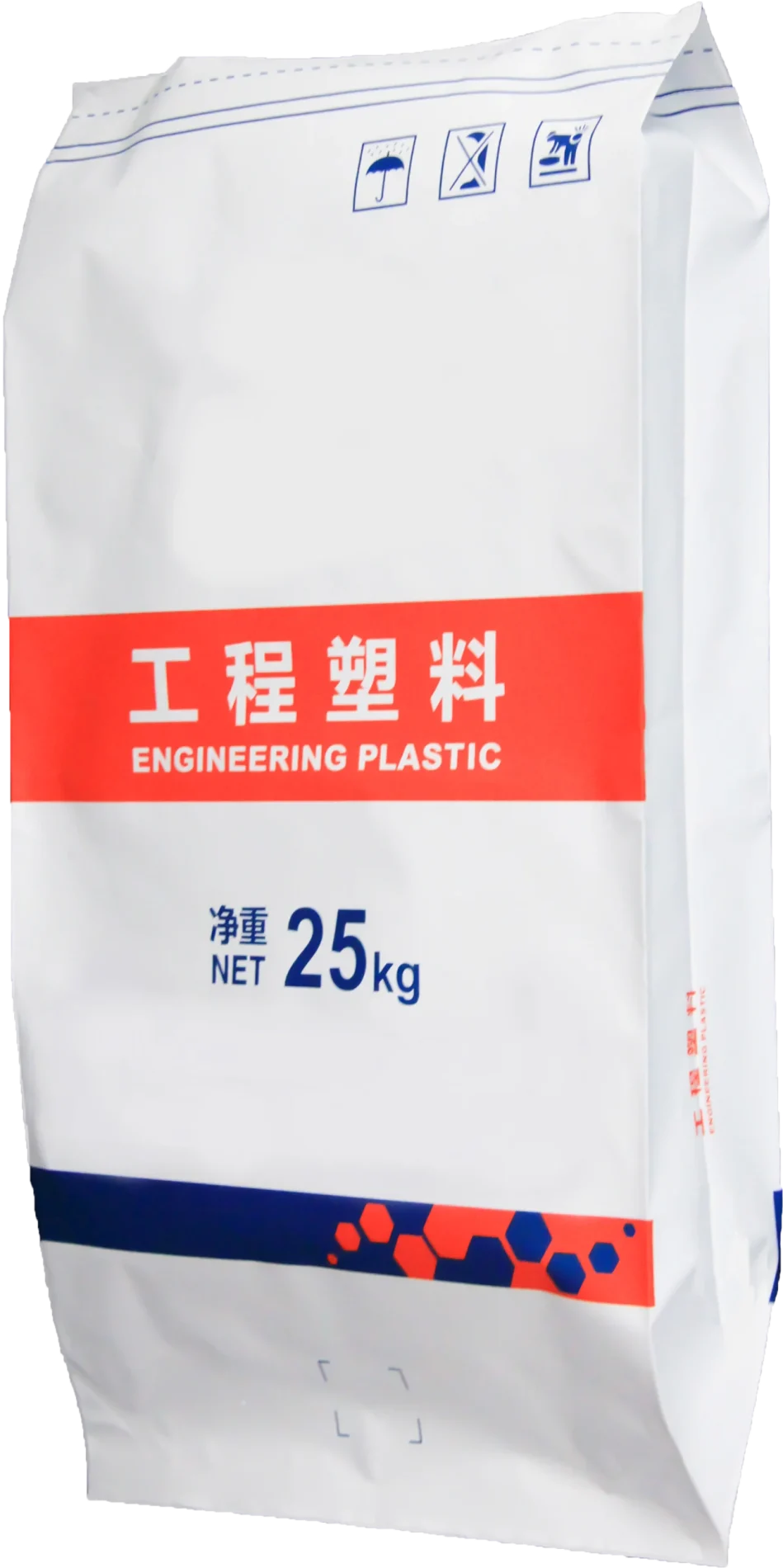
2025-02-21

2025-02-13
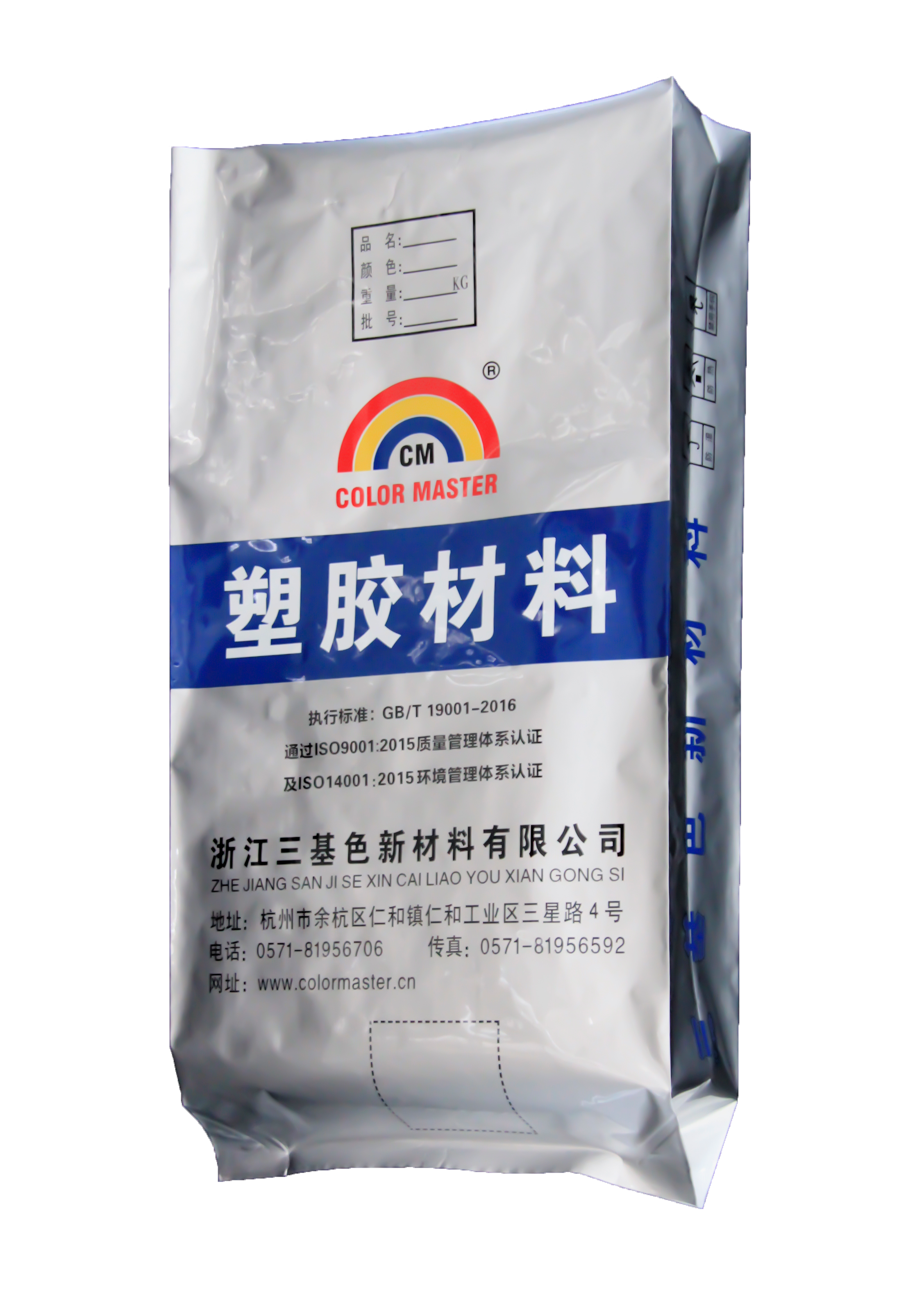
2025-02-05
